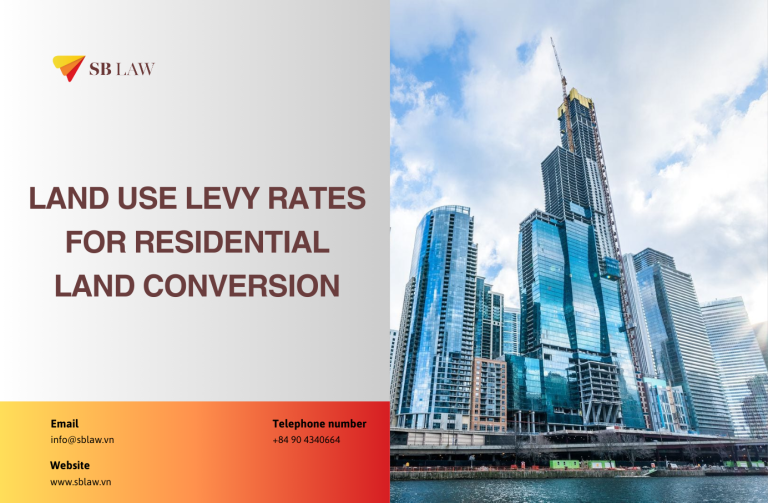On 27 April, 2020, the Government issued Decree 52/2020/ND-CP regulating on investment in construction and business of golf courses.
Accordingly, the Decree specifies the principles and conditions for golf course construction and business along with the prohibited behaviors in this activity.
Particularly, there are noticeable conditions and regulations for organizations and individuals who are intending to invest and carry on business in this field, specifically as follows:
I. Thress principles of construction investment and business of golf course:
- Activity of construction investment and business of golf course has the aims of promoting socio-economic development, services, tourism and sports; meets the needs of diversifying forms of entertainment, physical development and community health.
- The implementation of the golf course project must not affect national defense, security, social order and safety, social morality, public health, the environment, natural resources and historical - cultural relics, beauty spots which have been recognized and protected by competent state agencies according to law provisions; ensure the lawful rights, interests and social security of people whose land are recovered to build golf courses.
- Land used to build golf courses must conform to land use zoning and plans; ensure the proper, economical and efficient use; satisfy the conditions and procedures prescribed in this Decree, the law on investment, planning, land, construction, environment and relevant laws.
II. Types of land are not used for construction of golf courses and auxiliary works in service of golf course business:
- Land used for defense and security purposes;
- Forest land, rice cultivation land, except for some other cases specified in this Decree.
- Land belonging to areas where elements of historical and cultural relics and famous landscapes have been classified and relics are on the inventory list of provincial People's Committees, except for the case specified in this Decree;
- Land for construction of industrial parks, industrial clusters, concentrated information technology parks, and hi-tech parks;
- Land under the dyke protection scope and coastal protection corridor according to the Dyke Law, Law on Natural Resources, Environment and Islands.
In addition, the golf course project in the midland and mountainous region may use no more than 5 hectares of land for single-crop rice cultivation, scattered at construction sites and must meet the conditions for protection and development of arable land, conditions for land lease, change of land use purpose in accordance with the Law on land.
III. Conditions for construction and expansion of golf courses and auxiliary works in service of golf course business
The acreage of a standard golf course (18 holes) must not exceed 90 hectares (on average, not more than 5 hectares per hole);
The acreage of a golf course project being built for the first time must not exceed 270 ha (54 holes). In addition, the investor must complete the construction of the golf course within 36 months (for an 18-hole golf course) or within 48 months (for other golf courses) from the date of land lease decision.
IV. Prohibited acts in golf course construction and business
Constructing and carrying on business of golf courses without meeting the conditions and procedures prescribed in this Decree and relevant laws;
Taking advantage of golf course business to organize illegal betting, gambling and running a gambling-den;
Obstructing or failing to comply with the inspection and examination work of competent state management agencies according to law provisions;
Failing to provide information or failing to report when required by law.
The Decree 52/2020/ND-CP takes effect from 15 June 2020




